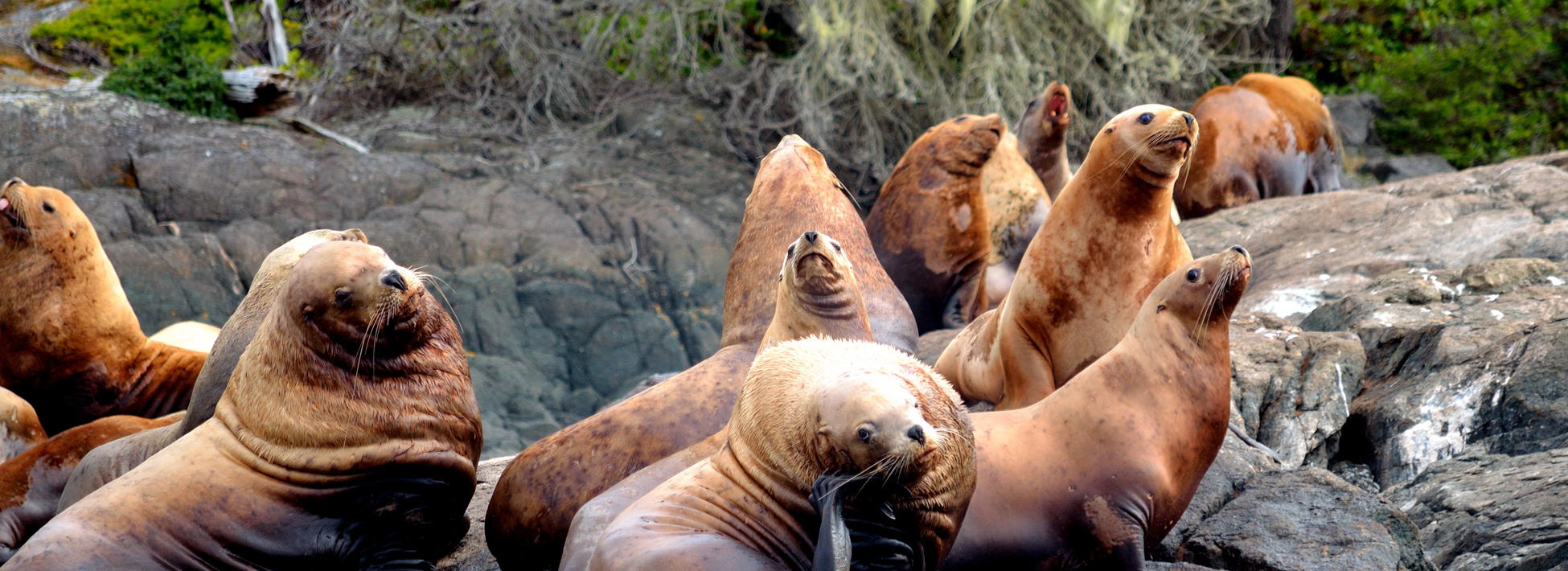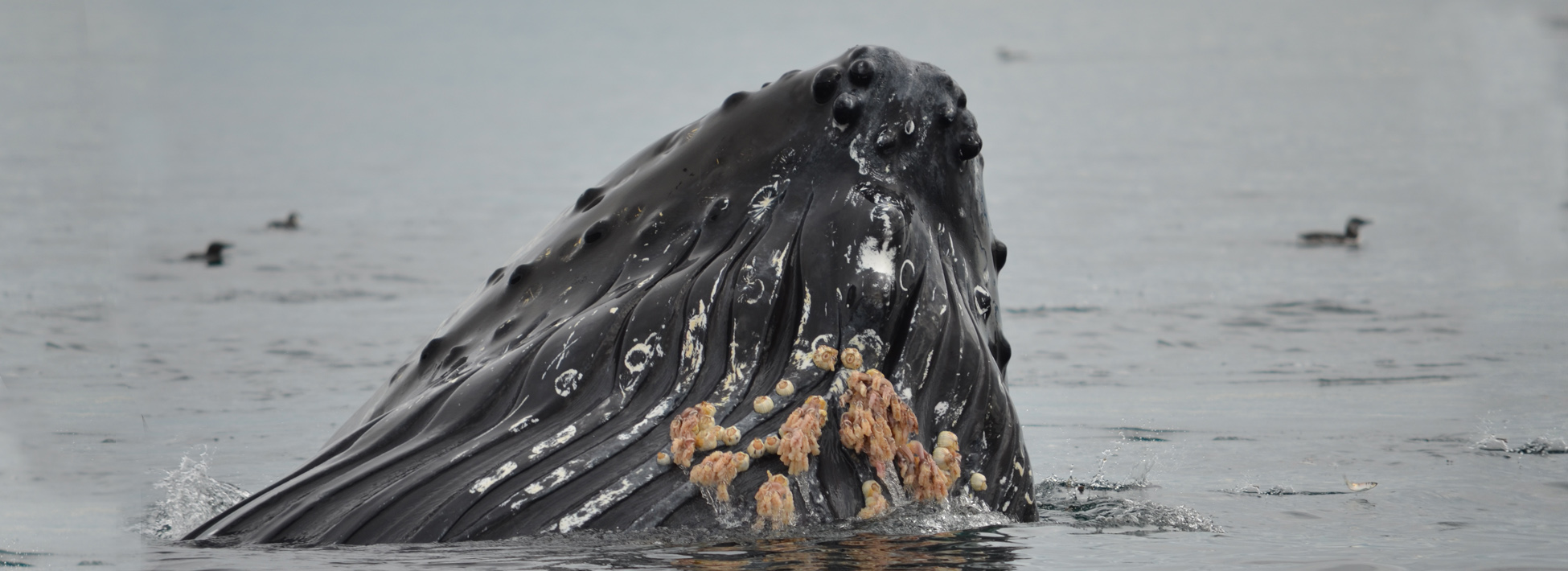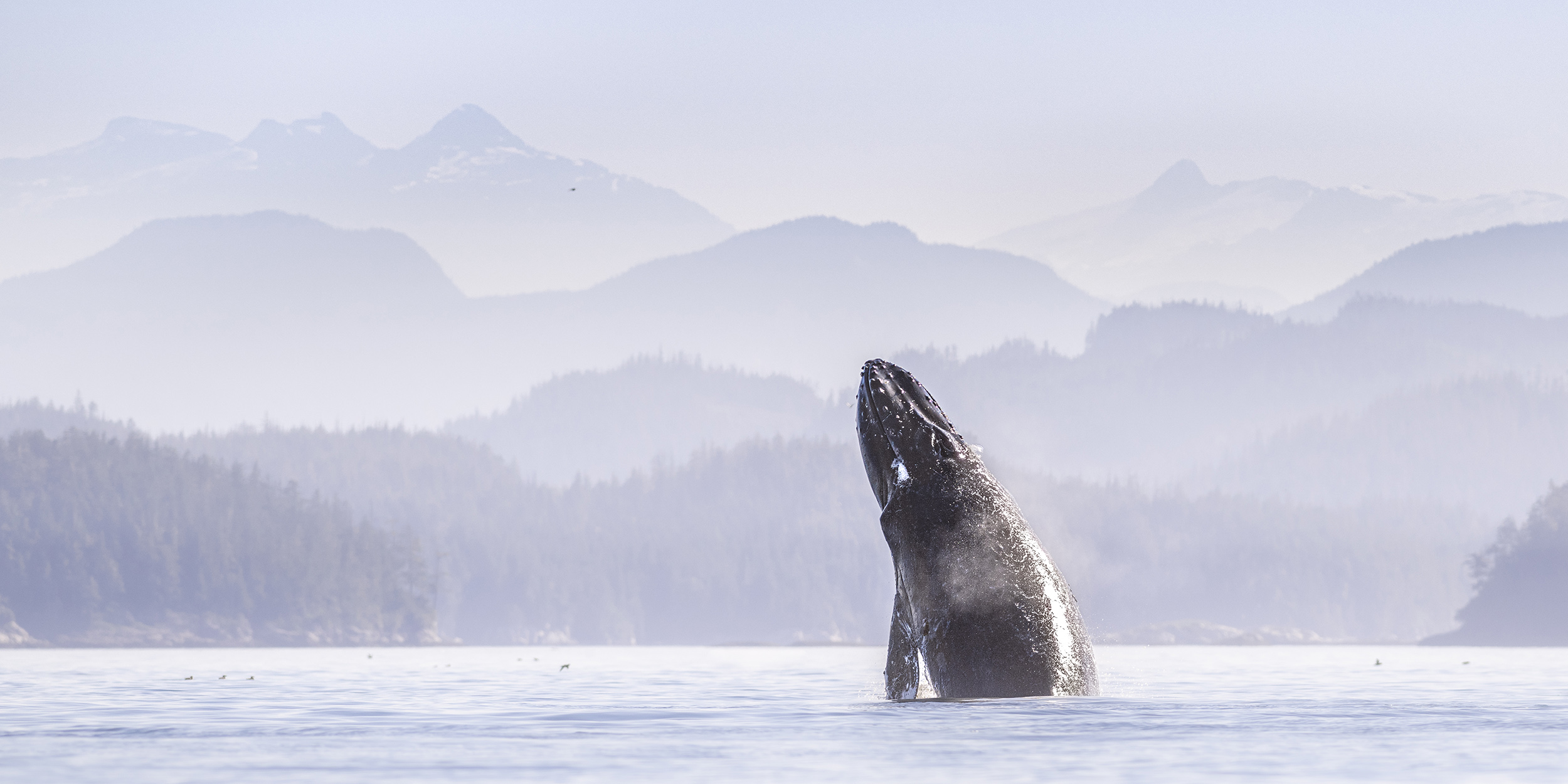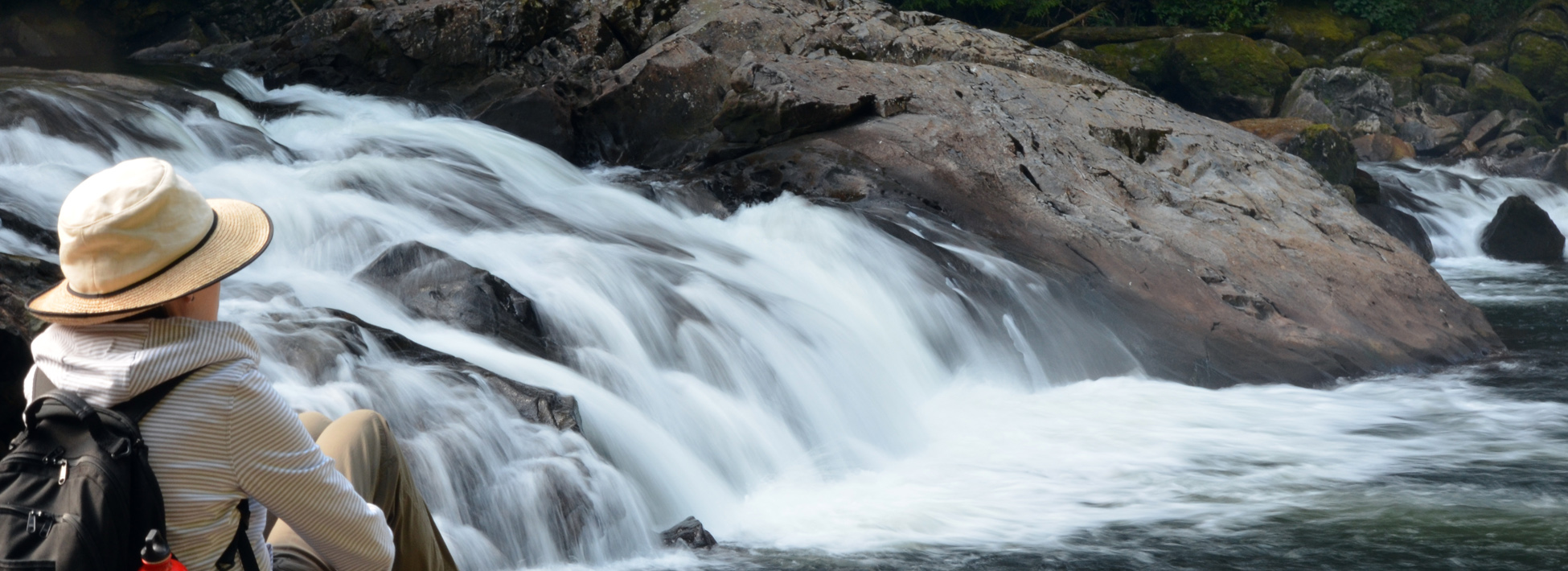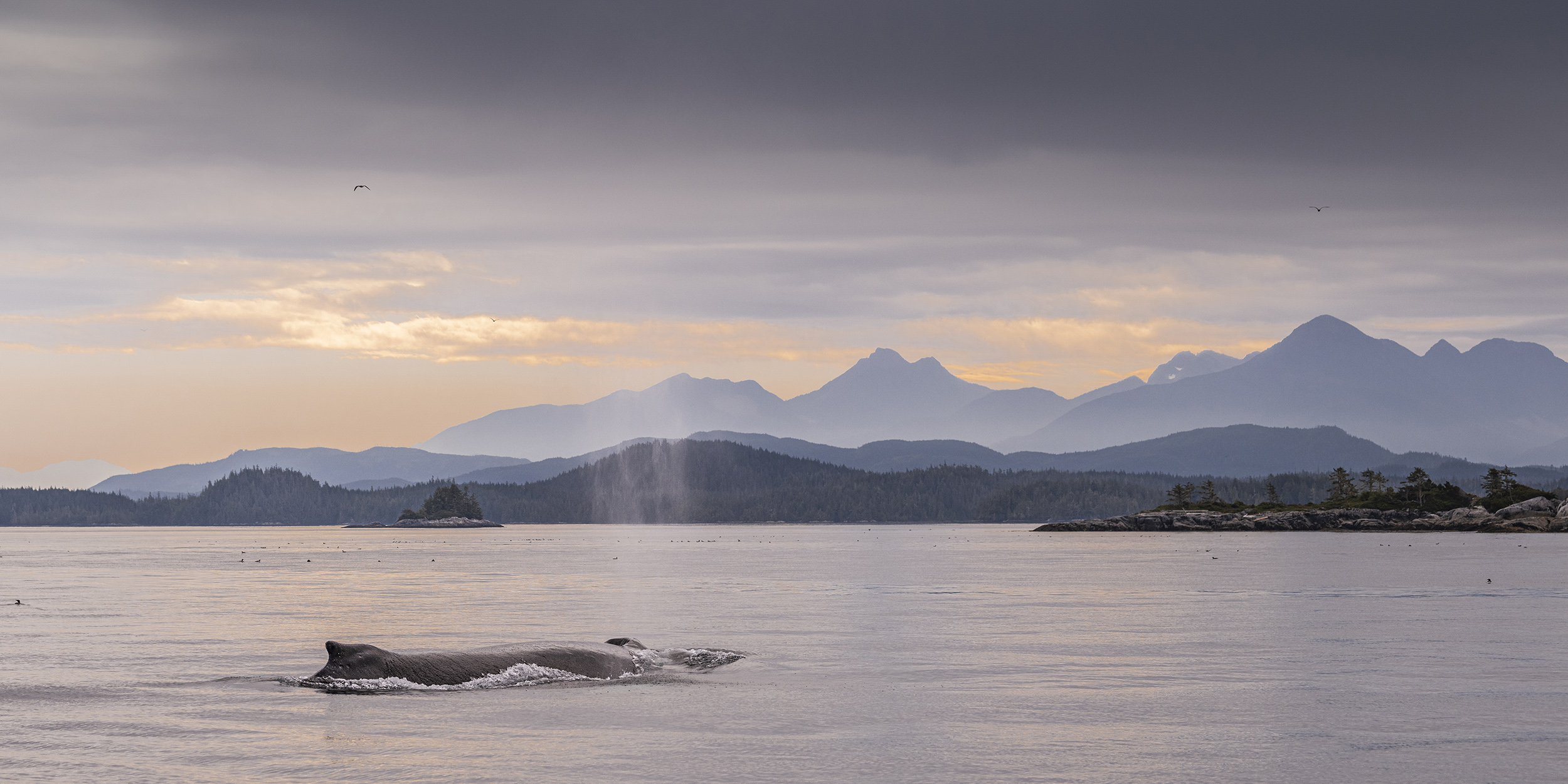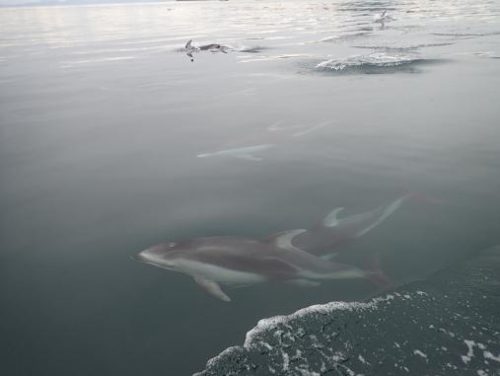 However in this case you can see the wash from the boat so we were moving when the pacific white sided dolphins came to play. There were a number of pods is our area this summer. Confusing is the definition of a pod: “A group of dolphins is called a pod. A pod usually is formed of around 12 dolphins and it is the usual social group of dolphins. However, when a group of pods join in places with abundance of food, they can reach up to one thousand individuals forming a large group which is called a super pod.” The confusion it that our pods normally contain between fifty to one hundred dolphins which may be a result of the “abundance” of food in our viewing area.
However in this case you can see the wash from the boat so we were moving when the pacific white sided dolphins came to play. There were a number of pods is our area this summer. Confusing is the definition of a pod: “A group of dolphins is called a pod. A pod usually is formed of around 12 dolphins and it is the usual social group of dolphins. However, when a group of pods join in places with abundance of food, they can reach up to one thousand individuals forming a large group which is called a super pod.” The confusion it that our pods normally contain between fifty to one hundred dolphins which may be a result of the “abundance” of food in our viewing area.
Bald Eagles

Bald Eagles are frequently sighted in our area. At times they can be seen in large numbers. This is usually where food supplies are high. For example this could be in areas with high concentrations of baitfish or along the rivers in the fall when the salmon are spawning. They are not migratory, but do move around with the food supply. As mentioned earlier when the salmon are spawning we often see many along the rivers, while there will be fewer along the coastline. With little need for camouflage their white head and tail feathers can be spotted easily. The female is slightly larger and her white head extends down a bit farther onto the body, but it is subtle. It takes these birds 4.5 – 5 years to acquire this unique plumage. As juveniles they are a brown colour. With exceptional eyesight and the ability to view 270 degrees they are understandably often seen in high perches and in trees near points and passageways.
Visit our Blog